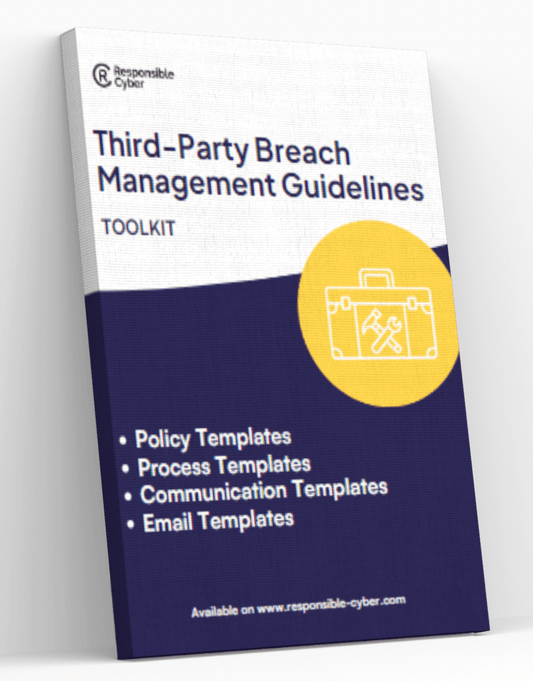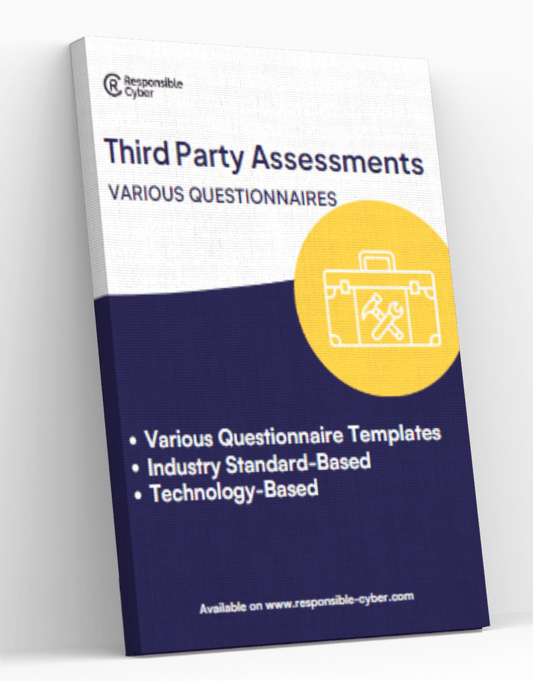Managing Contractor Risk via a TPRM Platform: A Comprehensive Guide

In today's fast-paced business landscape, organizations rely heavily on contractors to augment their workforce and drive growth. However, this increased reliance on third-party workers also introduces potential risks that can have significant consequences. Effective contractor risk management is crucial to mitigate these threats and ensure the smooth operation of your organization. This is where a Third-Party Risk Management (TPRM) platform comes into play.
The Importance of Contractor Risk Management
Contractor risk management is essential for organizations to minimize potential threats, including data breaches, compliance violations, and reputational damage. A robust contractor risk management strategy enables organizations to:
-
Protect sensitive data and assets
-
Ensure compliance with regulatory requirements
-
Mitigate reputational risk
-
Improve overall business resilience
Streamlining Contractor Risk Management with a TPRM Platform
A TPRM platform provides a centralized solution for managing contractor risk, enabling organizations to streamline their risk management processes. By leveraging a TPRM platform, organizations can:
-
Automate risk assessments and due diligence
-
Standardize contractor onboarding and offboarding processes
-
Continuously monitor contractor performance and risk levels
-
Identify and address potential issues proactively
-
Generate reports and analytics to inform data-driven decisions
Step-by-Step Guide to Managing Contractor Risk via a TPRM Platform
1. Contractor Classification
Categorize contractors based on risk levels, considering factors like data access and criticality of work. This step helps organizations focus their risk management efforts on high-risk contractors.
2. Risk Assessment
Utilize the TPRM platform to conduct thorough risk assessments, evaluating contractors' compliance, security controls, and potential vulnerabilities.
3. Due Diligence
Perform due diligence on contractors, reviewing their reputation, financial stability, and legal compliance.
4. Contractor Onboarding
Implement a standardized onboarding process, ensuring contractors agree to your organization's terms and conditions, including risk management requirements.
5. Ongoing Monitoring
Continuously monitor contractors' performance and risk levels, leveraging the TPRM platform to track and analyze data.
6. Issue Management
Establish a process for identifying and addressing potential issues, such as security incidents or compliance violations.
7. Offboarding
Develop a formal offboarding process to ensure contractors' access is revoked, and sensitive data is returned or destroyed.
8. Reporting and Analytics
Utilize the TPRM platform to generate reports and analytics, providing insights into contractor risk management and informing data-driven decisions.
Managing contractor risk is a critical aspect of any organization's risk management strategy. By leveraging a TPRM platform and following the step-by-step guide outlined above, organizations can effectively manage contractor risk and minimize potential threats. Don't let contractor risk management become a liability – take proactive steps today to protect your organization's future.







